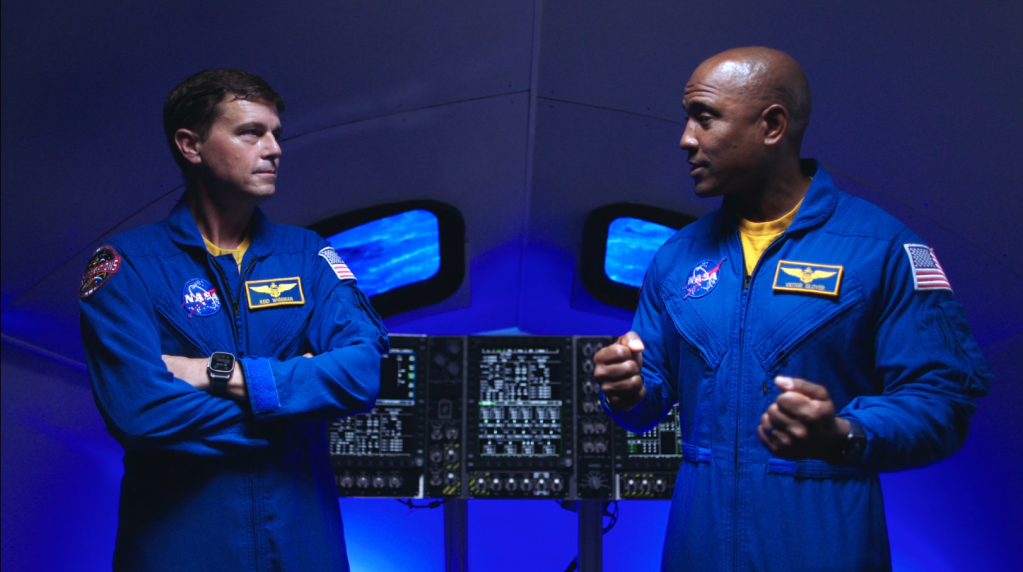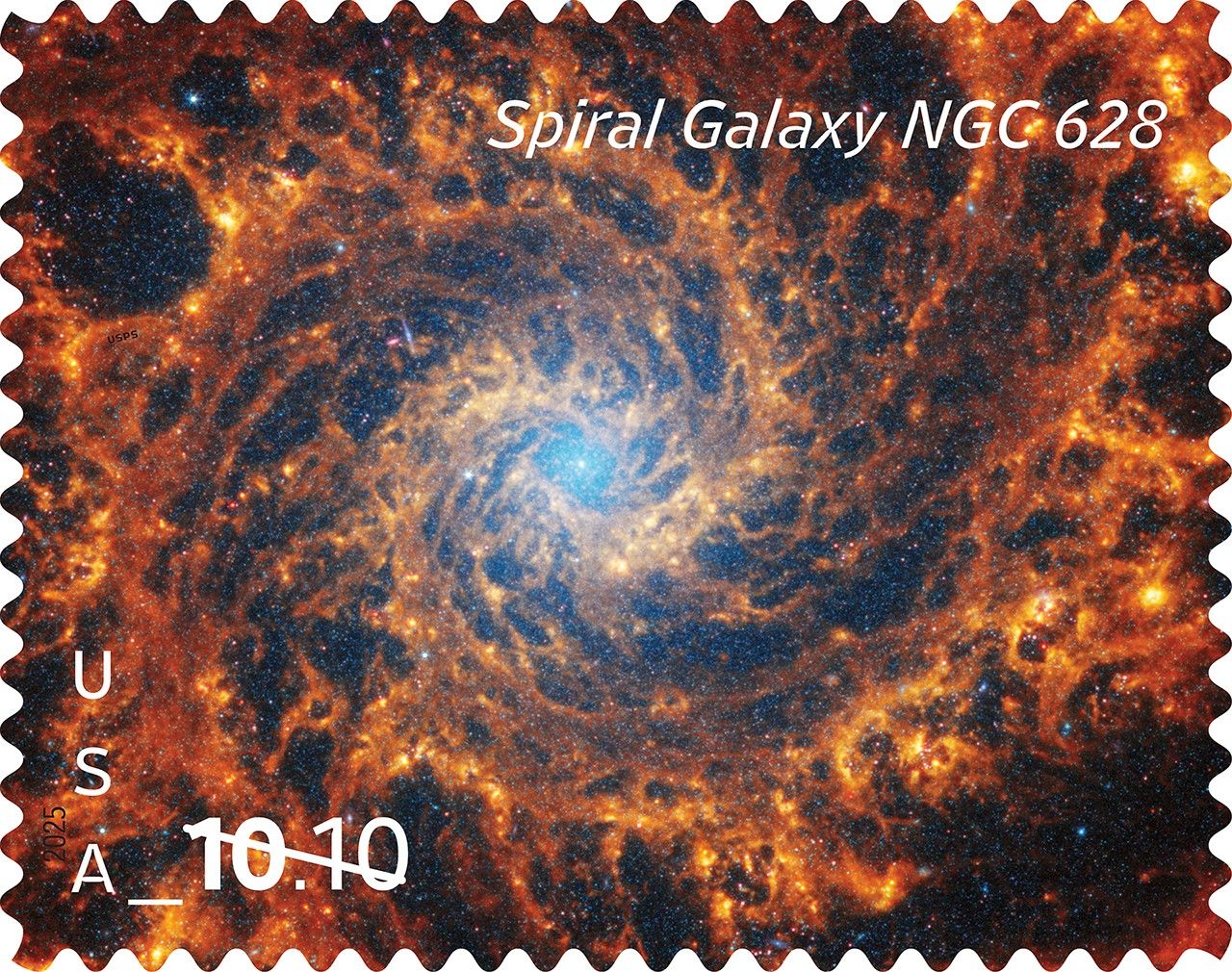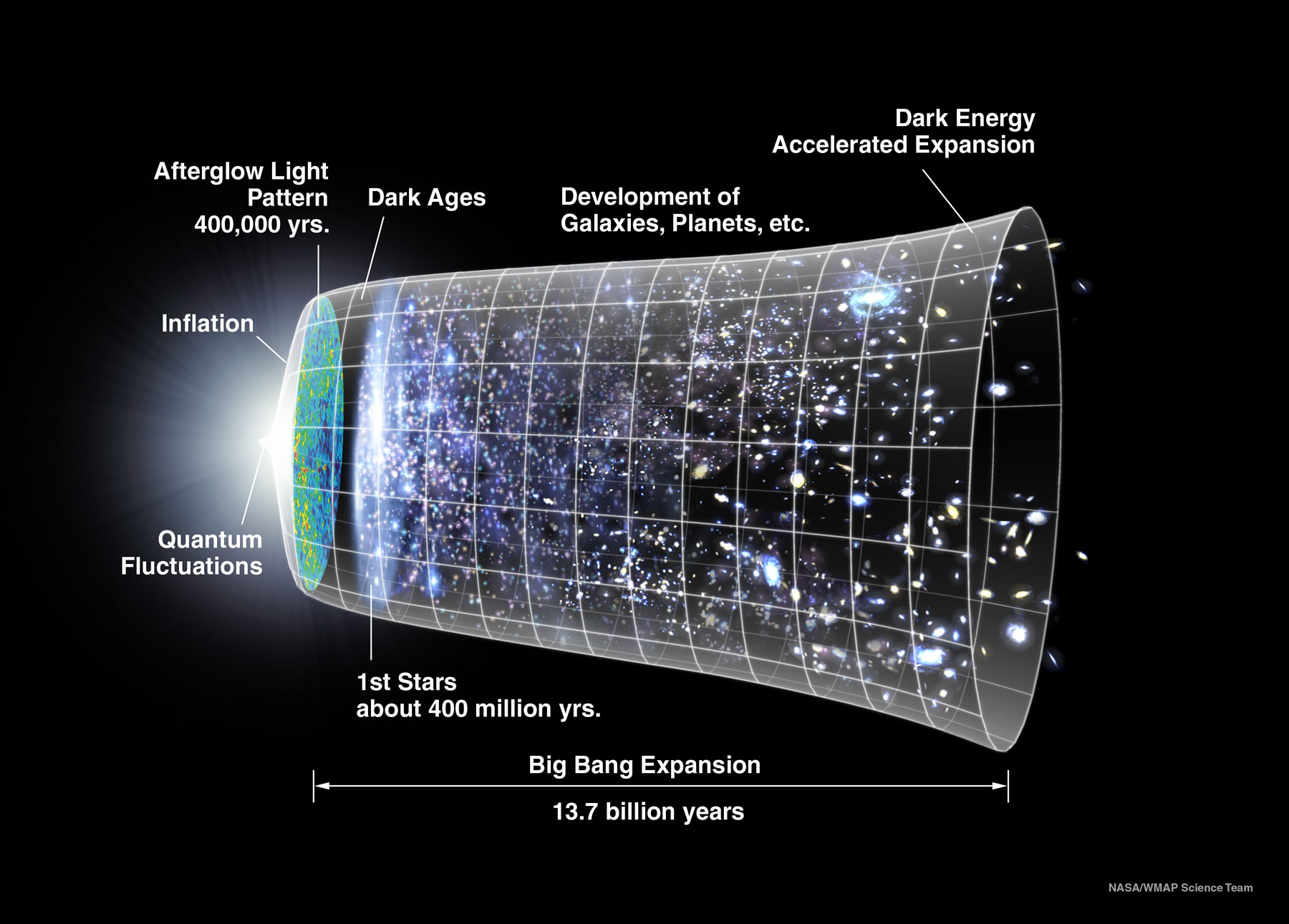This is the second installment in a four-part series of conversations with Paul Geithner Deputy Project Manager – Technical for the James Webb Space telescope at NASA’s Goddard Space Flight Center at NASA’s Goddard Space Flight Center in Greenbelt, Maryland about different aspects of the telescope.
Using infrared light, the Webb telescope will be able to look farther back in time than previous telescopes, and will allow scientists to look through dust to see stars forming inside. Paul Geithner provides insight on why the Webb telescope focuses on the infrared.
Q: Why Build the James Webb Space Telescope?
Paul: Because there are a lot of secrets that the universe continues to keep, and the James Webb Space Telescope is the next logical space facility to construct to investigate these mysteries. The National Academy of Sciences selected a large infrared-optimized telescope as its highest priority for space astronomy in its 2000 decadal survey.
Q: Who is Building the Webb telescope?
Paul: The Webb telescope is a very difficult engineering challenge, it has been in development since the 1990s, and it is an international project with people working on it and contributing to it from all over the Unites States, Europe and Canada. It is a joint project of NASA, the European Space Agency and the Canadian Space Agency.
Q: What is infrared light?
Paul: Infrared light is electromagnetic radiation with wavelengths longer than visible light but shorter than radio waves.
Q: Why is it important to look at the universe in the infrared?
Paul: Observing in the infrared is important for a few reasons. One reason is because the ultraviolet and visible light emitted by the very first luminous objects that formed in the universe when it was young has been stretched by the expansion of the universe so that it reaches us today, over 13 billion years later, as infrared light. Webb will be looking for the first visible light.
Another reason is because stars and planets form in clouds of gas and dust, and this dust obscures our view. Infrared light penetrates these clouds and allows us to see inside.
It is not clear how the universe transformed from a simpler state of nothing but hydrogen and helium to the universe we see today, but the Webb telescope will see distant reaches of space and an epoch of time never observed before and help us answer these important questions.
Q: What is redshift?
Paul: The light that was emitted as visible light long ago reaches us today as longer wavelengths of infrared light because the universe has been expanding since its beginning with the Big Bang and this expansion has stretched out the light waves as they have propagated through the expanding space. Longer wavelengths of light are redder, and this effect is called “redshift.”
Webb’s Near Infrared Camera (NIRCam) will take a series of pictures using filters that pick up different wavelengths, and use the changes in brightness it detects between these images to estimate the redshifts of the distant galaxies. Redshifting is the stretching of light toward longer wavelengths that occurs as light travels through the expanding universe, and can be used to gauge distance.
Q: What are some of the advantages of looking at the cosmos in infrared light?
Paul: The infrared part of the spectrum is a great ‘window’ into processes like star and planet formation because stars and planetary systems form from the dusty remains of previous generations of stars. Infrared light is scattered less by dust than shorter wavelengths of visible light so we can actually peer through dusty nurseries and observe new stars and their new planetary systems in formation.
Also, some things are best viewed or are brightest in the infrared. Wavelength of light and temperature are directly related. The hotter something is, the shorter the wavelength of the light it emits, and the colder something is, the longer the wavelength of light it emits. Additionally, infrared light allows us to see galaxies as they were in the distant past, as described before.
Credits: NASA
Q: How will the Webb telescope distinguish between distant stars and planets?
Paul: Our sun’s ‘surface’ temperature is about 5,800K (9,980F/5,527C) and it’s a yellow dwarf star, while Betelgeuse in the constellation of Orion is a red giant and its surface temperature is cooler at about 3,500K (5,840F/3,227C), and Sirius b, the familiar bright blue “Dog Star” in the constellation Sirius, is a hotter big blue star and its surface temperature is almost 10,000K 17,540F/9.727C).
Planets are cooler and don’t glow in visible light. They partially reflect the visible light from their parent stars but don’t emit their own visible light. Some of the light from the parent star is absorbed by the planet and re-emitted back to space at infrared wavelengths. Interestingly they are brightest and “shine” at infrared wavelengths. Also, many molecules emit brightly at many specific infrared wavelengths and also absorb light at specific infrared wavelengths. So infrared observing is great for studying planets, not just ones in our own solar system but planets around nearby stars, and studying their chemistry.
Q: What are the four science themes that the James Webb Space Telescope will study?
Paul: The End of the Dark Ages: First Light and Reionization; Assembly of Galaxies;
The Birth of Stars and Protoplanetary Systems; and Planetary Systems and the Origins of Life
Q: What is “Reionization and how will Webb help us learn about it?
Paul: The period of time when the universe was about a billion years old is known as “the epoch of reionization.” It refers to the period of time when most of the neutral hydrogen was destroyed, separated back into free electrons and protons, by the increasing radiation from the first massive stars. Reionization is an important phenomenon in our Universe’s history as it presents one of the few means by which we can indirectly study these earliest stars. But scientists do not know exactly when the first stars formed and when this reionization process started to occur. The Webb telescope will help us answer some of these questions.
Webb will address several key questions to help us unravel the story of the formation of structures in the Universe such as: When and how did reionization occur? What sources caused reionization?
Q: How does Webb improve upon the Hubble Space Telescope?
Paul: Scientifically, Webb picks up where Hubble leaves off. It will see deeper into space and farther back in time to the epoch of the very first stars and galaxies, it will peer through dusty stellar nurseries to observe star and planet formation, and it will study relatively nearby stars and the planets they host. Scientists want to directly observe how the universe went from hydrogen and helium to stars and galaxies, as well as planets and the conditions that make life possible.
Q: Will Webb data be used in concert with other telescopes?
Paul: Yes. Webb will possess unique capabilities that will make it a very powerful observatory and it will complement many other astronomical assets on the ground and in space. Webb will be the world’s premier astronomical observatory after it is launched in late 2018.
The Webb telescope is the world’s next-generation space observatory and successor to NASA’s Hubble Space Telescope. The most powerful space telescope ever built, the Webb telescope is designed to observe the most distant objects in the universe, provide images of the first galaxies formed and study unexplored planets around distant stars. The Webb telescope is a joint project of NASA, the European Space Agency and the Canadian Space Agency.
For more information about the infrared, visit: https://www.nasa.gov/topics/technology/features/webb-beyond-vis_prt.htm
For more about the epoch of reionization, visit: http://jwst.nasa.gov/firstlight.html
For more information about the James Webb Space Telescope, visit: http://www.jwst.nasa.gov or www.nasa.gov/webb
For the Webb Conversations#1: Components, Structure of NASA’s James Webb Space Telescope, visit: https://www.nasa.gov/content/goddard/webb-conversations-components-structure-of-nasa-s-james-webb-space-telescope/
Rob Gutro
NASA’s Goddard Space Flight Center


























